The 5 most controversial Pokemon moments ever
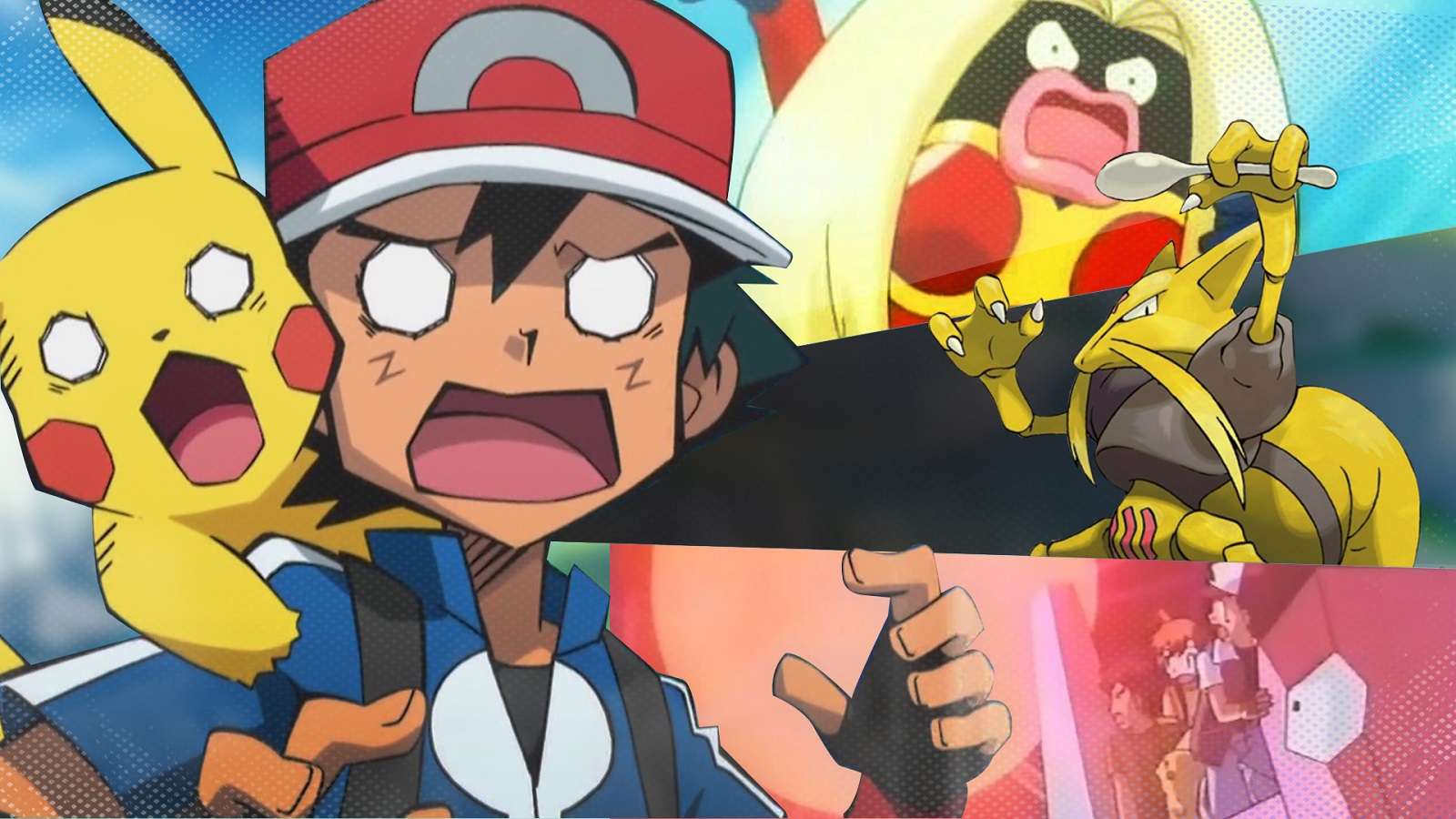 Pokemon Company
Pokemon CompanyWhile the world of Pokemon may be cute and colorful, there have been a number of times it has caught the headlines for all the wrong reasons.
Whether you’re a veteran Pokemon trainer or a newcomer just starting out your creature catching adventure, you’ll likely know just how influential the franchise has been. From the ever-popular games, highly collectible merchandise, and seemingly never-ending anime, Pokemon continues to be a big hit amongst children and adults alike.
Unfortunately, this worldwide success has often thrown the Pokemon franchise into controversy. Since Pokemon first debuted in 1996, the series has been caught up in various lawsuits and international issues. Join us as we take a look back at five of Pokemon’s most controversial moments.
Uri Geller and the Kadabra card lawsuit
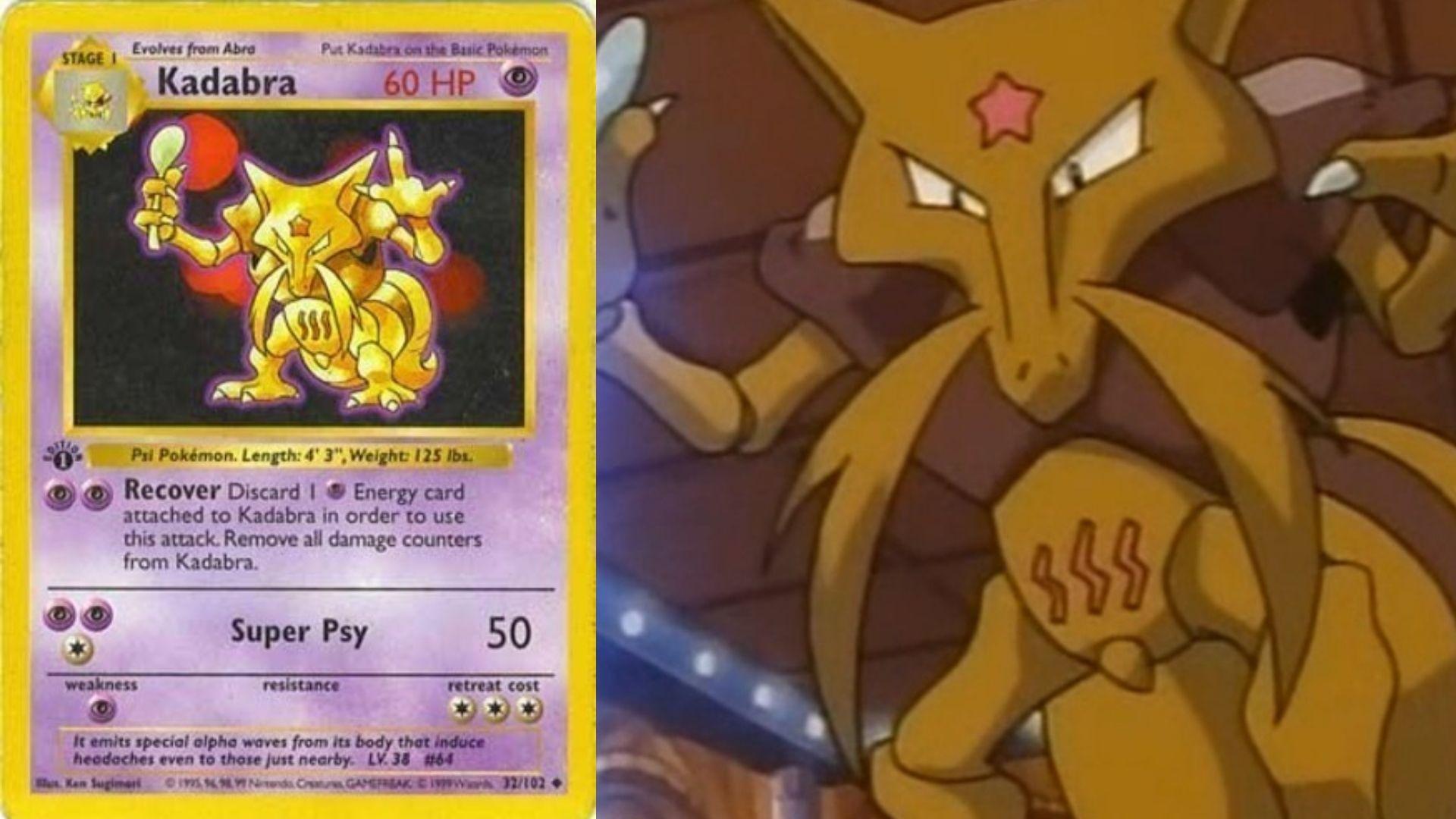 Pokemon Company
Pokemon Company The Pokemon series is known to mimic real-world places and animals, but sometimes it goes a step further and references celebrities. One of the most iconic being that of the Gen 1 fighting-type Pokemon Hitmonlee and Hitmonchan. As most of you will know, these names reference that of iconic martial artists Bruce Lee and Jackie Chan.
However, during a 2000 court battle, Australia magician and psychic Uri Geller famously sued Nintendo for $86.93 million (US dollars), claiming the Pokemon Kadabara, known as Yungerer in Japan used his name and signature spoon-bending image.
Due to this controversy, the Pokemon Company completely removed all Kadabra cards from its TCG. After almost 20 years of silence, Geller issued an apology on Twitter and has since allowed Kadabra to return to the card game.
Seizure-inducing anime episode
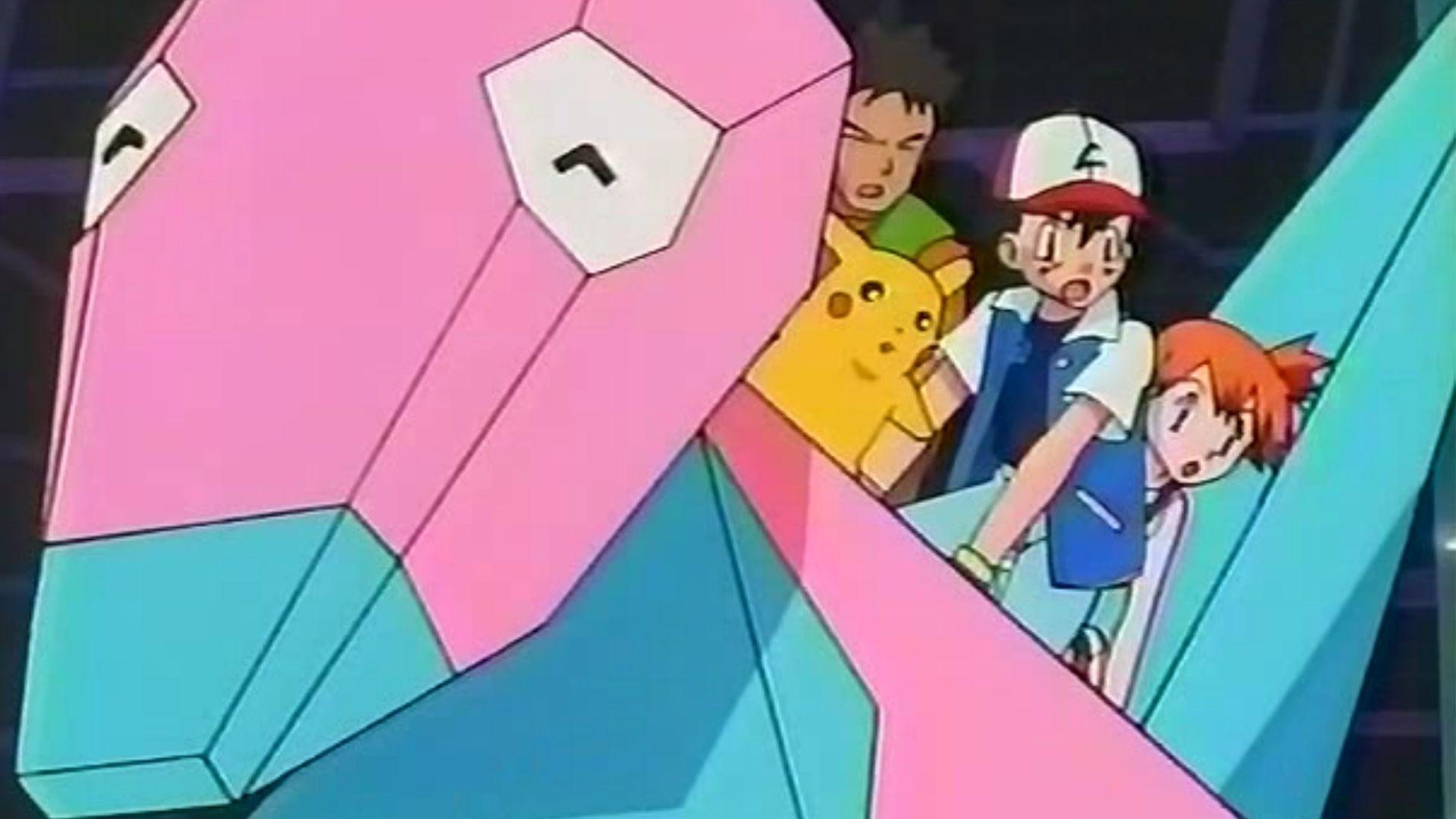 Pokemon Company
Pokemon Company The Pokemon anime has had its fair share of controversies over the years, but arguably one of the worst offenders is the 38th episode of the original anime series. The so-called “seizure episode” was first broadcast in Japan on December 16, 1997. However, the episode’s severe use of fast-changing flashing lights caused adverse health issues in many viewers.
According to Bulbapedia, the scene which caused the seizures was a four-second section in which Pikachu used an Electric attack on a cluster of missiles. The resulting explosion resulted in the screen erupting into a flash of rapidly flickering red and blue lights.
This particular episode proved so detrimental that the show had to go on a temporary hiatus for up to four months. Due to the severity of the issue, Electric Soldier Porygon has never been aired or re-aired inside or outside of Japan to this day.
Jynx redesign
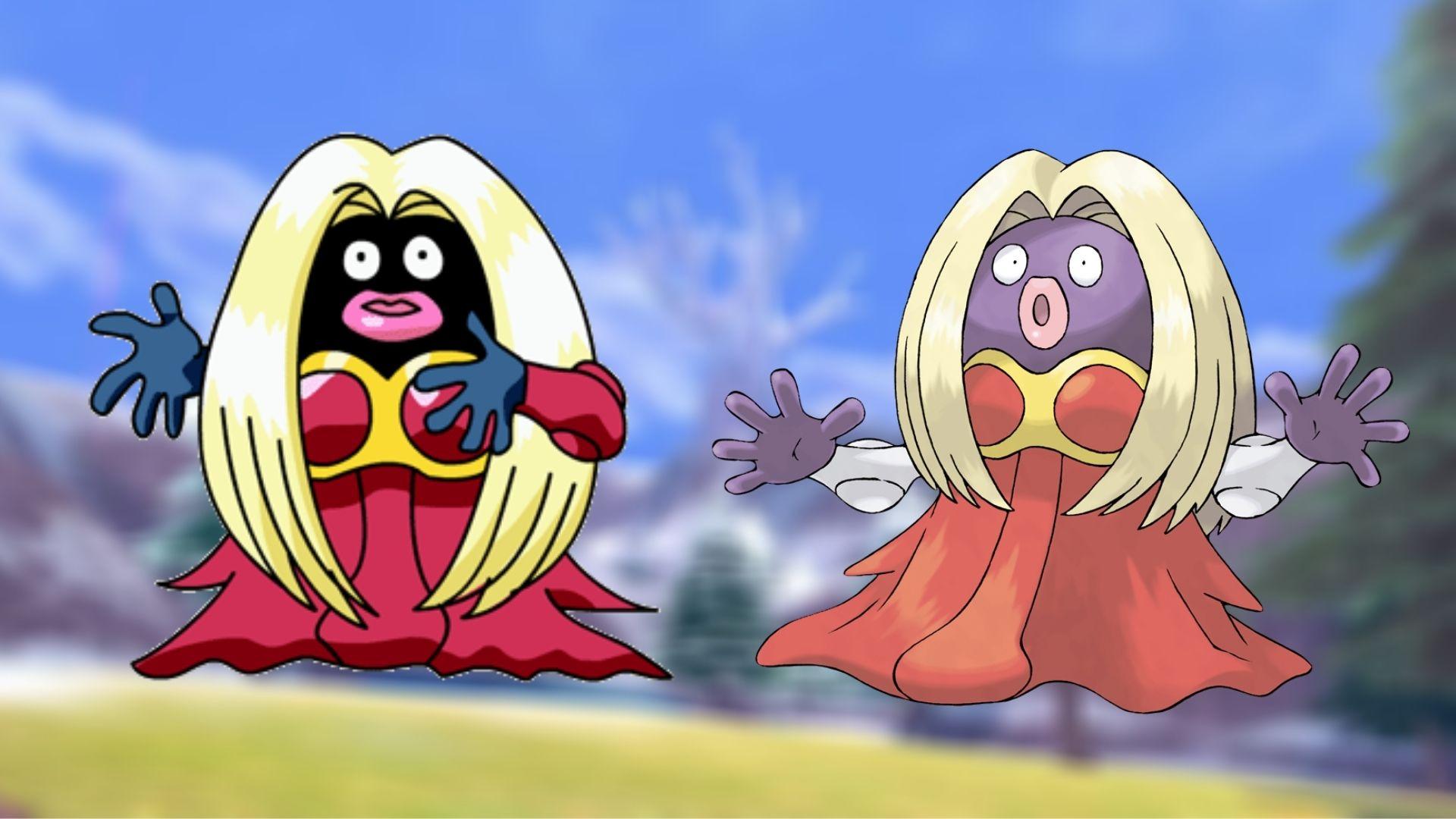 Pokemon Company
Pokemon Company Jynx made headlines when award-winning author and African-American cultural critic, Carole Boston Weatherford voiced her concerns over the Pokemon’s design. During her op-ed published back in 2000, the writer claimed that Jynx’s jet-black skin, exaggerated facial features, overall figure, and straight blonde hair had negative connotations.
- Read More: Most expensive Pokemon Trading Cards
“Jynx resembles an overweight drag queen incarnation of Little Black Sambo,” she stated. “A racist stereotype from a children’s book long ago purged from libraries.” The subsequent backlash saw Jynx receiving a redesign, which changed the Pokemon’s color from black to purple.
National Pokedex and Dexit
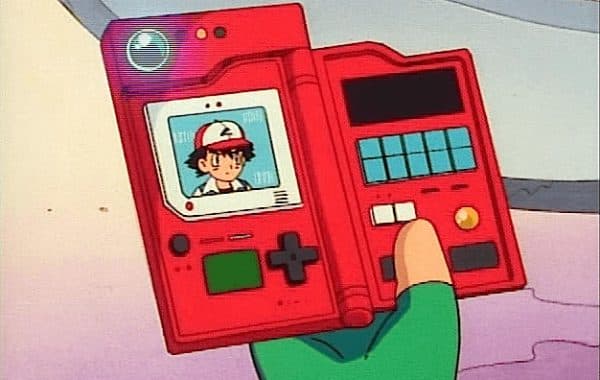 Pokemon Company
Pokemon Company This controversy is one of the latest to hit the Pokemon game series and it’s one that disappointed many fans around the world. The backlash started when Pokemon developer Junichi Masuda announced that a lot of Pokémon would not be transferable to Sword and Shield.
This led to a massive social media movement and Pokemon fans used the hashtag #BringBackNationalDex to voice their anger at the cut creatures. Despite Game Freak claiming they lacked the resources to create assets for every previously released Pokemon, it did little to calm fans’ anger.
Since then, the game’s subsequent Expansion Pass has helped to alleviate the cut content issue, but many fans are still concerned that these DLCs set a new precedent for future Pokemon games.
Misty’s reworked Pokemon Card
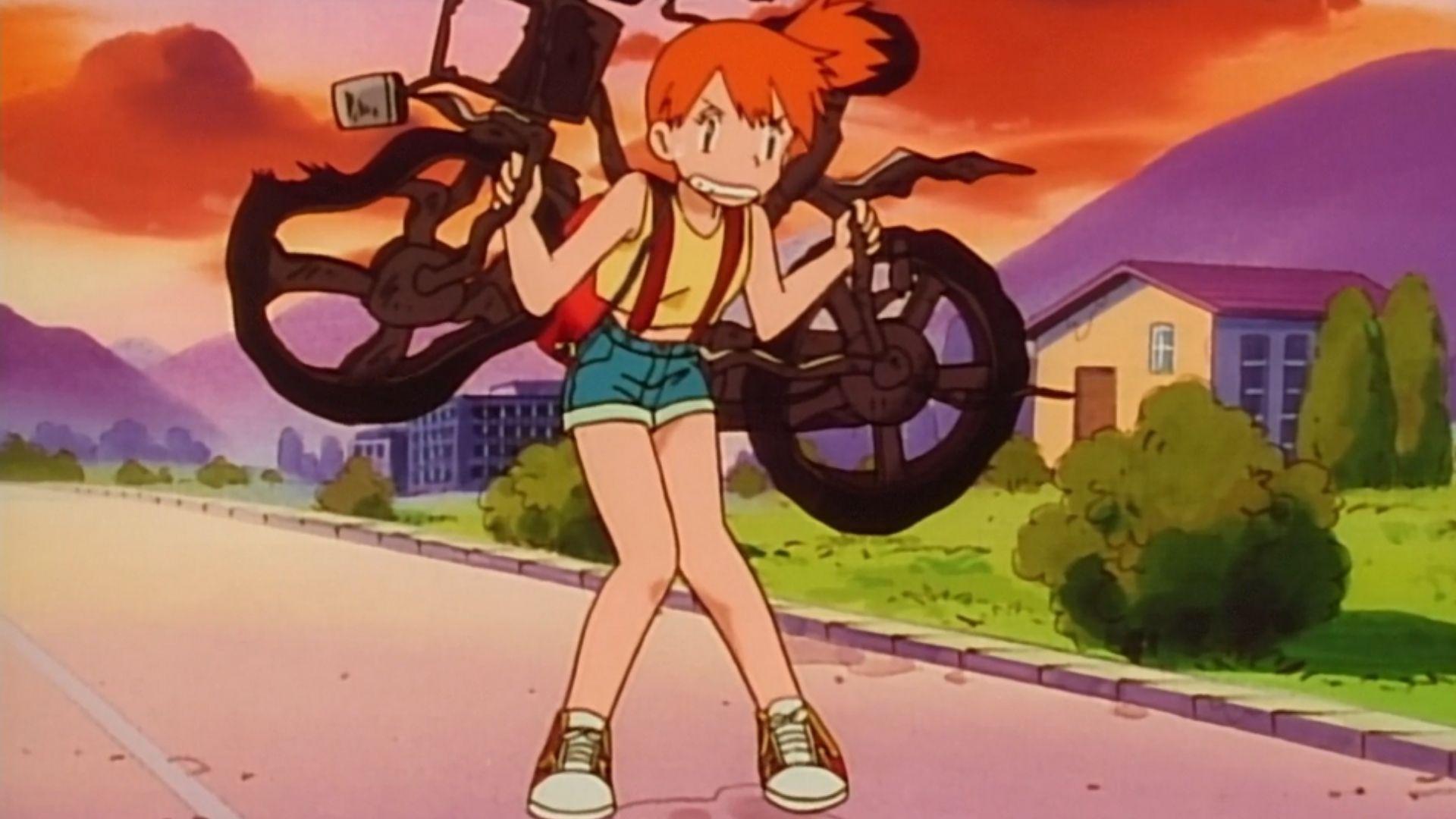 Pokemon Company
Pokemon Company It’s not uncommon for Pokemon cards to undergo minor or significant forms of censorship before they hit western storefronts, but one of the most controversial cards was that of Misty’s Tears. This Trainer card was originally released as part of the Japanese Hanada City Gym Theme Deck, before later being redesigned for western audiences.
- Read More: The creepiest Pokedex entries of all time
The original card depicted the Cerulean Gym Leader Misty holding her Staryu. This may not sound that bad, but it’s Misty’s lack of clothes that makes the card’s design highly controversial. Not only is the character in question depicted as a 10-year-old girl, but the card game is also marketed for children and young adults. It’s certainly not hard to see why this card was later changed for its western release.
So, there you have it, five of the most controversial moments from Pokemon’s history. Make sure to follow us over on @PokemonSwordNS for all the latest news and updates.